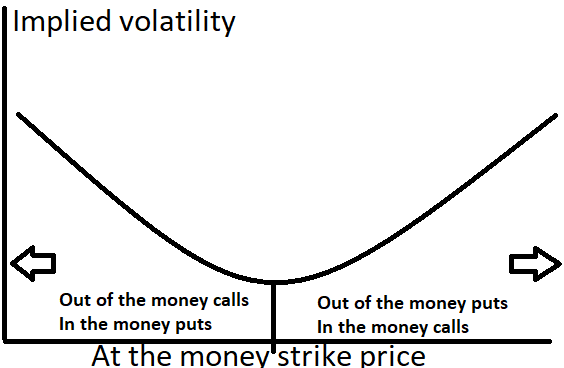In options trading, moneyness is the relationship of the current price of the underlying asset to the strike price of a call or put option contract written on that asset.
With options trading, the difference between ‘in the money’ and ‘out of the money’ is entirely based on the relationship between the strike price to the current market price of the underlying stock, bond, or commodity, and the magnitude of this position is known as moneyness.
There are three types of classifications for the moneyness of an option contract:
An option is ‘in the money’ if the contract would have intrinsic value if it were exercised today.
An option is ‘out of the money’ if the contract would have zero intrinsic value if it were exercised today.
An option is said to be ‘at the money’ if the current strike price is exactly the same as the current market price.
A call option is in the money if the strike price is less than the current price of the asset it is written on. A put option is in the money if the strike price is less than the current price of the asset it is written on. The reverse is true for an out of the money option. Intrinsic value is measured by how deep in the money an option is.
The amount of the move an option captures starts at 50% for an at the money option when the strike price and the asset price are equal in value and expands as an option goes deeper in the money and declines as an option goes farther away from the strike price. This is called option Delta.
Since in the money options have some level of intrinsic value they are priced higher than out of the money options in the same option chain as their Delta is higher and captures more of the move in the underlying asset. In the money options have a higher probability of expiring in the money and capturing intrinsic value but the out of the money options have a higher gain in percentage if they start moving closer to being at the money as the Gamma increases pricing in the growing chance of them expiring in the money.
Many times you will see options abbreviated as ITM, OTM, or ATM designating their relationship to their current strike price.
I have created the Options 101 eCourse for a shortcut to learning how to trade options.

